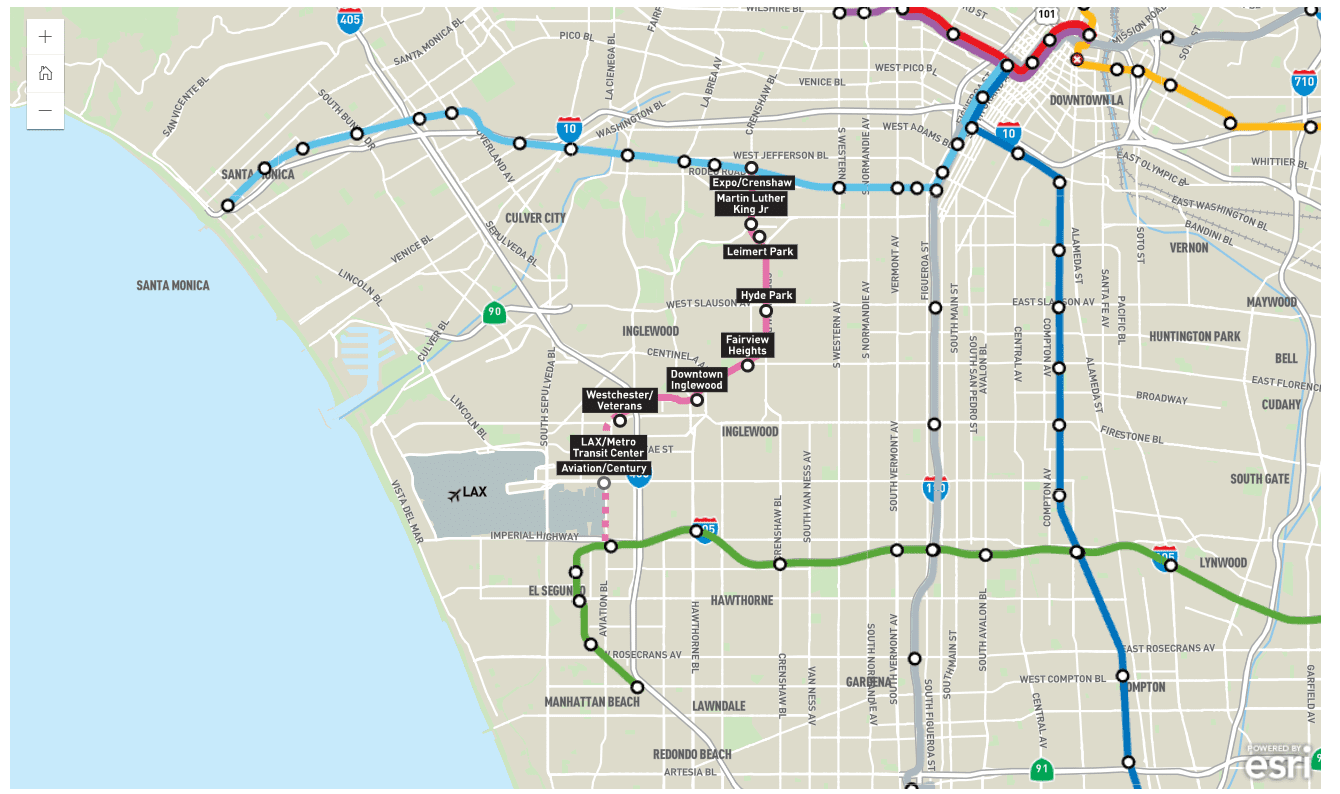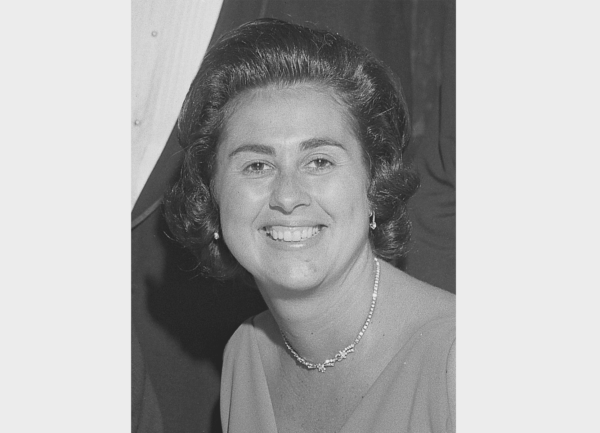Los Angeles is one step closer to banning oil drilling, with the city planning commission Thursday recommending approval of the proposed ordinance.
The City Council in January unanimously approved a series of recommendations aimed at banning new oil and gas wells. The draft ordinance would phase out all such oil and gas extraction activities by immediately banning new oil and gas extraction and ceasing existing operations within 20 years.
The proposed ordinance will head to council committees before moving to the full council.
Councilman Paul Krekorian, the Budget and Finance Committee chair who first introduced a motion to designate oil and gas production as a nonconforming use, said at the commission meeting the ordinance would change the history of Los Angeles.
“L.A. is leading,” Krekorian said. “We’re leading thoughtfully. We’re leading with thorough, comprehensive, detailed, carefully drafted policy that hopefully will be the model for the rest of the nation.”
Krekorian responded to concerns over a potential loss of jobs and an increase in gas prices.
He said less than 1% of crude oil processed in Southern California refineries actually comes from wells in Los Angeles, and the loss of oil drilling will not impact gas prices locally.
On jobs, Krekorian said he believes the era of oil and gas is ending regardless.
“The use of gasoline is going to go away no matter what,” Krekorian said. “That’s the trend that we’re on. So these jobs in local extraction, on the natural process of the economic changes and policy changes that are going on locally and globally, those jobs will eventually be phased out on the natural.”
Under the draft ordinance, operators would not be able to expand their existing sites or extend the life of a well during the 20-year phase-out period.
“Oil drilling has long been a part of our past, but today, we’re sending a clear message: Dirty energy production has no future in Los Angeles,” Mayor Eric Garcetti said in a statement in August. “We are one step closer to getting toxic fumes out of our frontline communities.”
Supporters of the ordinance believe it will help communities of color, who more often live near drilling sites.
“Communities of color have felt the impact of gas and oil drilling for decades — in their air, water, and overall health,” Council President Nury Martinez said in August. “Local climate change and environmental justice advocates have been working tirelessly with our council to find solutions that would bring an end to drilling in Los Angeles and now, this goal is finally coming to fruition. As our country faces multiple public health emergencies and countless natural disasters due to climate change, this move cannot come soon enough for our city and our planet.”
The recommendations from the council’s Budget and Finance Committee approved in January also included:
— having the Los Angeles Office of Petroleum and Natural Gas Administration and Safety hire an expert to conduct an amortization period for existing wells, a prerequisite to decommissioning existing oil fields to allow the oil company to recoup its investment if it hasn’t already; and
— having that same office create a framework for plugging and remediating abandoned oil wells, which can leak hydrocarbons and methane, with the intention of having the oil companies bear the responsibility.
The city of Los Angeles has 26 oil and gas fields and about 5,274 oil and gas wells, according to the planning department. Seventeen drill sites are either active, idle or perform gas drill operations.
“There are oil and gas facilities in nearly every section of the 503 square miles of the city,” Vincent Bertoni, director of the department, wrote last September to the City Council Budget and Finance Committee.
Nearly one-third of Los Angeles’ oil and gas wells exist outside drill sites and are dispersed throughout the city, Bertoni added, citing data by the California Geologic Energy Management Division.
Many community groups have lobbied Los Angeles to stop oil drilling, citing the harm it has on communities, which is disproportionately felt in working-class communities and communities of color.
Gov. Gavin Newsom proposed new rules last October, under which new oil wells or drilling facilities in California would have to be at least 3,200 feet from homes, schools, hospitals, nursing homes and other “sensitive locations.”
Newsom cited the impacts that toxic chemicals have on communities, including asthma and birth defects. The proposal is undergoing an economic analysis and public comment before taking effect. The governor has also called for a statewide phase-out of oil extraction by 2045.
A USC study published in April linked living by urban oil wells with wheezing and reduced lung function, symptoms disproportionately borne by people of color in Los Angeles. In some cases, the respiratory harm rivals that of daily exposure to secondhand tobacco smoke or living beside highways spewing auto exhaust, the researchers found.
The study focused on drilling sites in two South L.A. neighborhoods, Jefferson Park and North University Park, yet could have implications elsewhere in the region. About one-third of L.A. County residents live less than one mile from an active drilling site — and some live as close as 60 feet.







